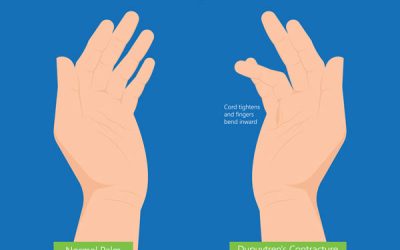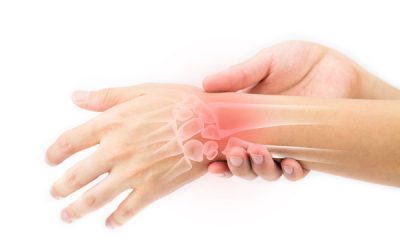Mechanism of Dysfunction
The predisposing factors for the development of this condition began with a misalignment dysfunction at the wrist/hand complex, which overtime causes the soft tissue ligamentous, muscle and cartilage to become overloaded and compromised allowing the biomechanical stress to gradually reach the level of the bone and resulting in the development of fractures.
Fractures and the corresponding misalignment and tissue injury
Kienbock’s Disease is a condition cased by avascular necrosis of the lunate after repeated microfractures. There is a significant pain over the dorsum of the wrist that radiates into the forearm and fingers. The main predisposing factors for the development if this condition is a misaligned distal radial resulting in a misaligned lunate, which overtime disturbs the soft tissue supportive structures allowing the biomechanical stress to damage the bone.

kienbock’s-disease
Avascular Necrosis of the Scaphoid is a condition similar to the Kienbock’s disease, but the bone affected is the scaphoid rather the lunate.
Colles Fractures. Barton’s fracture (fracture dislocation of the radiocarpal joint);
- Colles-Fracture
- Scaphoid-avascular-necrosis
Is important to note that for the bone to become injured, the previous defence mechanisms have to have failed to allow the biomechanical stress to damage the bone, therefore, the treatment care must aim to restore the health of the entire knee protective structures.
Assessment Protocol
The entire upper extremity biomechanical chain must be evaluated as part of the Wrist analyses as per the neurological and mechanical influences of the spine, shoulder, and elbow.
Clinical assessment to identify the potential areas of the fractures, identify the key joint dysfunctions of the wirst that have contributed to this condition. Soft tissue analysis to pinpoint the level of irritation in all tissue layers. Check the level of vascularity.
X-ray analysis
Anterior – Posterior (AP) X-ray wrist view is essential for proper diagnosing the master joint of the wrist (Radial – Ulna) and the alignment and fracture sites of the radial, scaphoid and lunate.
Lateral Xray view is important to check the degree of the total arch compromised and the direction of misalignment of the lunate bone
MRI
Wrist MRI is essential for visualizing the extent of injury on the muscle/tendon and ligamentous, cartilage and bone structure
Locate the exact injury point; Allows the treatment to be more specific during the application of the treatment modalities
Identify the extent of tissue damage and the presence of scar tissue; Provides valuable information regarding prognosis and the application of friction soft tissue modalities to aid on scar tissue removal.
Evaluate the fracture site
Treatment protocol
The treatment care should aim to restore the wrist alignment, the soft tissue muscles/tendon and ligamentous health as well as stimulating and remodelling the cartilage and bone growth.
Specific adjustments of the wirst followed by a rehabilitation regime to strengthen the entire soft tissue support of the knee.
Fracture site must be healing prior to correcting the misalignments
Soft tissue and cartilage healing protocol
Application of Low-level Laser and PEMF directly over the injured tissues to aid on the cellular level of healing as well as improving the microcirculation for the area.
Friction soft tissue therapy helps to reduce dysfunctional scar tissue
Specific stretches and strengthening to improve the resilient of the soft tissue support
Specific selected essential oil application to enhance healing
Dry Needling to promotes blood flow and enhance the soft tissue and cartilage healing.
Depending on the level injury and chronicity, a minimum of 6 weeks up to 12 weeks of treatment care may be necessary to resolve this condition.






